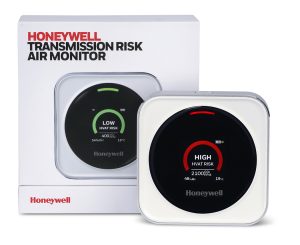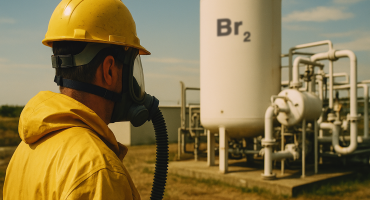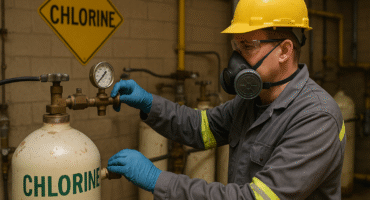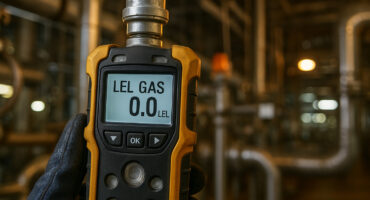In California’s 2020 School Reopening Ventilation and Energy Efficiency Verification and Repair Program legislation, the importance of CO2 monitoring for schools is highlighted,
“To ensure proper ventilation is maintained throughout the school year, all classrooms shall be equipped with a carbon dioxide monitor.”
An article in the Irish Times explains why opening the windows might not be enough. https://www.irishtimes.com/news/education/fresh-air-is-vital-to-keeping-schools-safe-is-opening-windows-enough-1.4516684
“Installing good ventilation systems in schools would ensure a healthier environment for everyone, better academic performance and hopefully better energy efficiency as well,” said Prof Wenger.
“Carbon dioxide monitors with a traffic light system, which are equipped with non-dispersive infrared (NDIR) sensors are cost-effective and can help remind teachers to act by opening windows when levels get too high (usually above 800-1,000 parts per million),” Prof Wenger said in a recent article about classroom ventilation in Passive House magazine.

Cost-effective CO2 monitoring for schools, restaurants, and other small-to-medium-sized buildings that alert to the potential increase of exposure to airborne transmission risk based on CO2 and activity levels in an indoor area.
Using this guidance and Honeywell algorithms, we developed risk levels based on common activities and average variables such as room size, number of people present, breathing rate, and duration. The device comes with three pre-programmed indoor activity settings: low activity (movie theaters, libraries, and classrooms), medium activity (restaurants, offices, small clinics), and high activity (gyms, indoor arenas, recreation centers) and is recommended for coverage of 800-1000 square feet. For each setting, the monitor provides indications using a traffic light pattern (green, yellow, or red) and a sound alarm so users can be aware of the potential increase of airborne transmission risk based on detectable CO2 levels.
WHY SCHOOLS?
Pressure to go back to “in person” learning
Average class size: 19 students/classroom and average classroom size is 900 ft2 (crowded in small space)
Potential for lack of upgraded HVAC and ventilation systems
Limited funding to upgrade ventilation system, but could fund small purchases on filters, air purifiers, and low-cost air monitors like Honeywell Transmission Risk Air Monitor
WHY RESTAURANTS?
Long duration in public, enclosed area: ~90 min
Eating and loud speaking increase CO2
Cooking at home fatigue, people may take more risk to go out
Peace of mind for customers & employees.
For more information click here
From the Blog



If you have any questions about our products or services, please feel free to contact us.